This site uses cookies, by continuing to use this site you are agreeing to their use. Learn More
This site uses cookies, by continuing to use this site you are agreeing to their use. Learn More
| Click on the thumbnails to get a larger picture, then on |
|
on the top LHS of the screen to return to this page. |
gps below
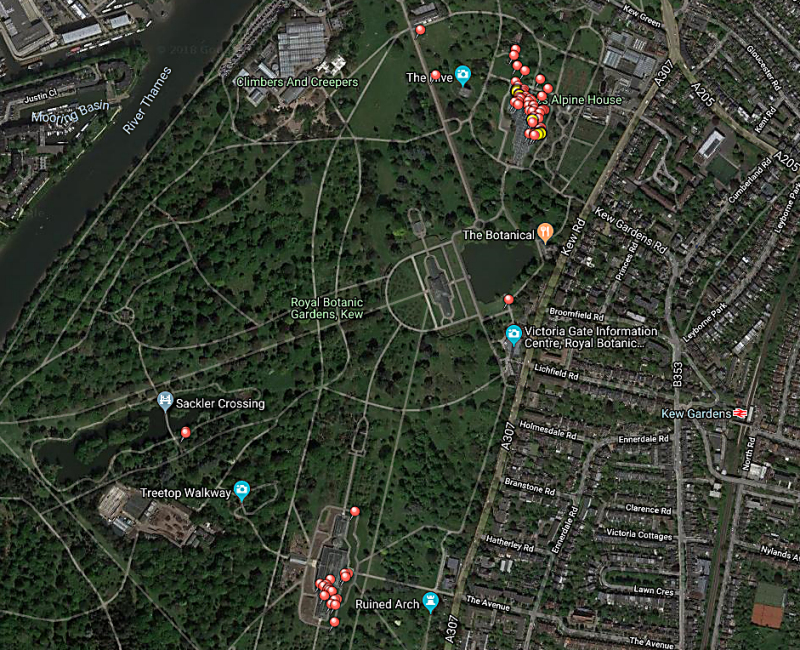
| The Overground had
problems so we had to get off the train at Gunnersbury and
transfer to another train for one stop. On the way
home trains were cancelled at West Hampstead because of an
obstruction on the line. Fortunately we only had to
wait for 5 minutes
|
 PJ spotted this snap |
 What a motor... |
 Crippled, pollarded trees |
A lovely sunny day just right for a garden trip | ||||
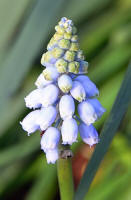 Muscari at Kew |
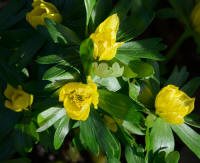 Aconites |
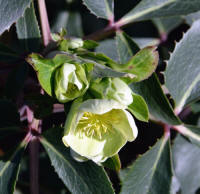 Helleborus corsicus |
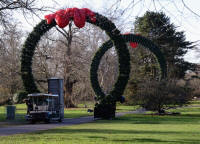 Remaining Christmas decorations |
||||
 Remembrance |
Kew’s poignant Remembrance and Hope seat commemorating the First World War |
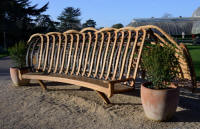 Hope |
|||||
|
The Battle of Verdun was one of the longest and deadliest battles of the First World War, lasting from February to December 1916, between French and German soldiers. An acorn dispersed from a sessile oak tree (Quercus petraea) was collected from the war-torn land and planted here at Kew in 1919. In its new tranquil setting in our Gardens, the acorn flourished and grew into the stunning 'Verdun oak' tree, a living memorial to those who lost their lives at the battle. Standing proud for almost a century near the Palm House Pond, things suddenly took a turn for the worst on 28 October 2013. The severe St Jude’s Day storm caused devastation, damaging the oak so much, the tree, heartbreakingly, had to be felled. But Kew’s Head of Arboretum, Tony Kirkham, didn't want the wonderful oak’s story to end there. So he conceived the fitting idea of creating a commemorative outdoor seat made from the tree’s timber to mark the centenary of the end of the First World War. The new bench is situated
near the Palm House Pond on the corner of
the panel lawn, just opposite the
Temple of Arethusa, where Kew's war
memorial plaque can be found. As
its name suggests, the towering
commemorative seat comes in two parts –
Remembrance and Hope. The Remembrance part
has an enveloping, contemplative form, and
looks towards the Temple of Arethusa.
Its Corten frame has a looped design motif,
partially in scorched oak, reminiscent of
the First World War battle zones’ barbed
wire. |
|||||||
 |
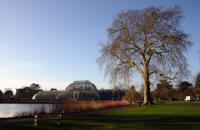 |
 |
Conservatory | ||||
 Crassula portulacea |
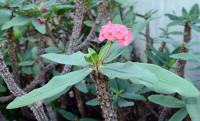 Euphorbia |
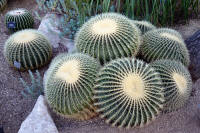 |
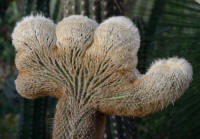 Esposioa lanata |
||||
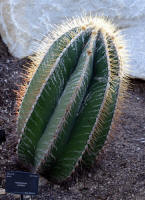 Astrophytum ornatum |
 |
 Mammularia geminispina |
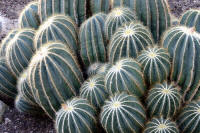 Parodia magnifica |
||||
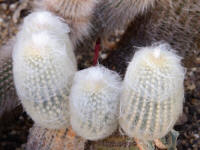 Espostoa superba new growth from old |
 Pedilanthes tithymaloides subsp. tithymaloides from Honduras |
 Hechtia argentea |
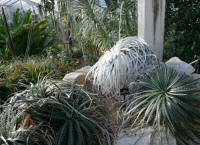 Hechtia argentea was exhibited in Brussels in 1864 |
||||
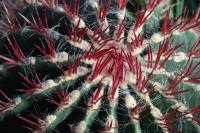 Ferocactus pilosus |
We went into the tropical part of the conservatory and the lenses misted up... |
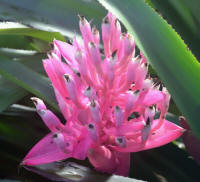 Aechmea |
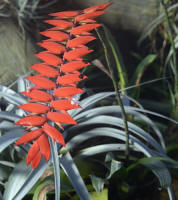 |
||||
Matt's Pictures
|
|||||||
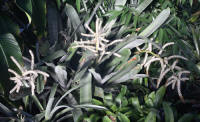 |
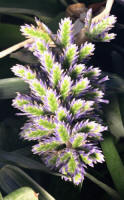 Bromeliad |
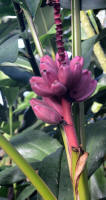 Banana |
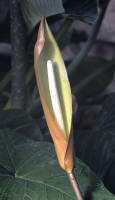 Aroid |
||||
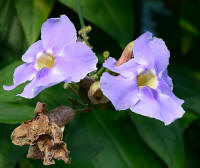 |
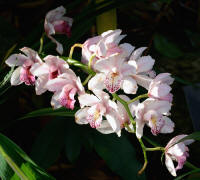 |
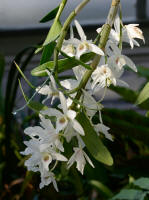 |
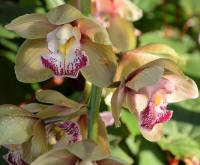 Cymbidium variety 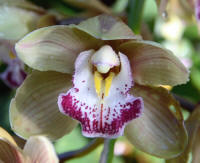 |
||||
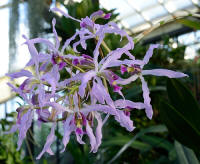 |
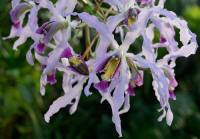 |
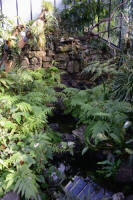 |
|||||
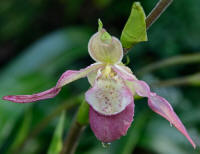 |
 |
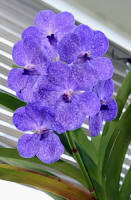 |
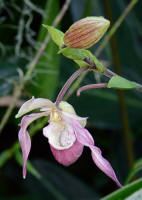 |
||||
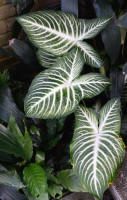 |
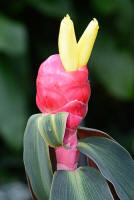 |
 |
 |
||||
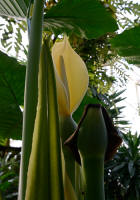 |
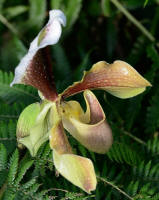 |
 |
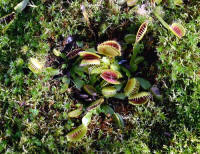 Venus fly trap |
||||
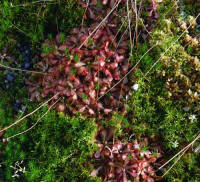 Sundew |
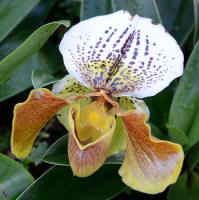 Slipper orchid |
 |
 Seven Slate Towers by Daniel Harvey 1995  |
||||
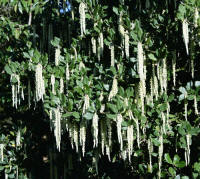 Garrya eliptica |
 |
 The Beehive |
|||||
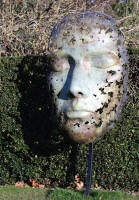 Art... |
 |
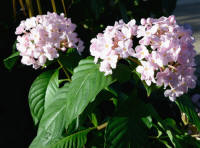 Luculia gratissima |
 Rhododendron macgregoriae |
||||
 Camellia |
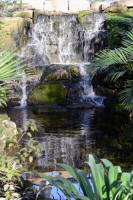 |
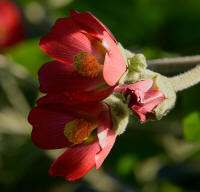 |
 Mallow family |
||||
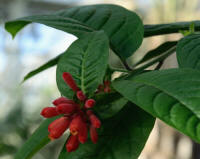 Cestrum fasciculatum |
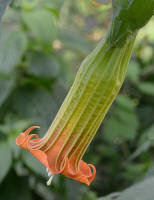 Brugsmansia sanguinea |
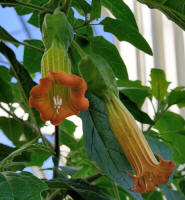 |
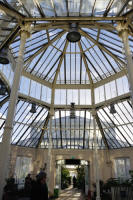 |
||||
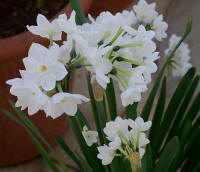 Narcissus 'paperwhite' |
 Leucadendron 'Safari Sunset' |
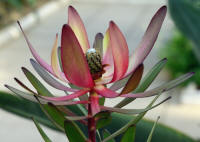 |
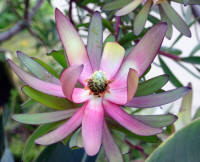 |
||||
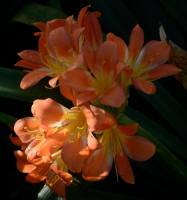 Clivia miniata |
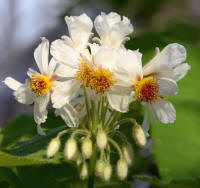 Sparmannia africana - African hemp |
 |
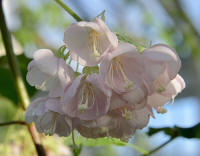 Dombeya burgessiae from both sides |
||||
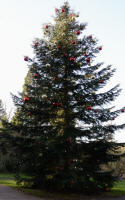 Christmas decorations |
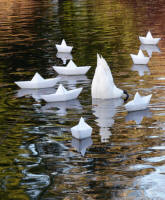 |
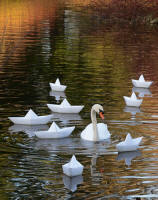 |
|||||
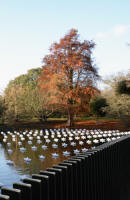 |
 From the Sackler Crossing |
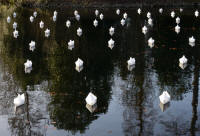 |
We had a coffee before setting off for home. | ||||